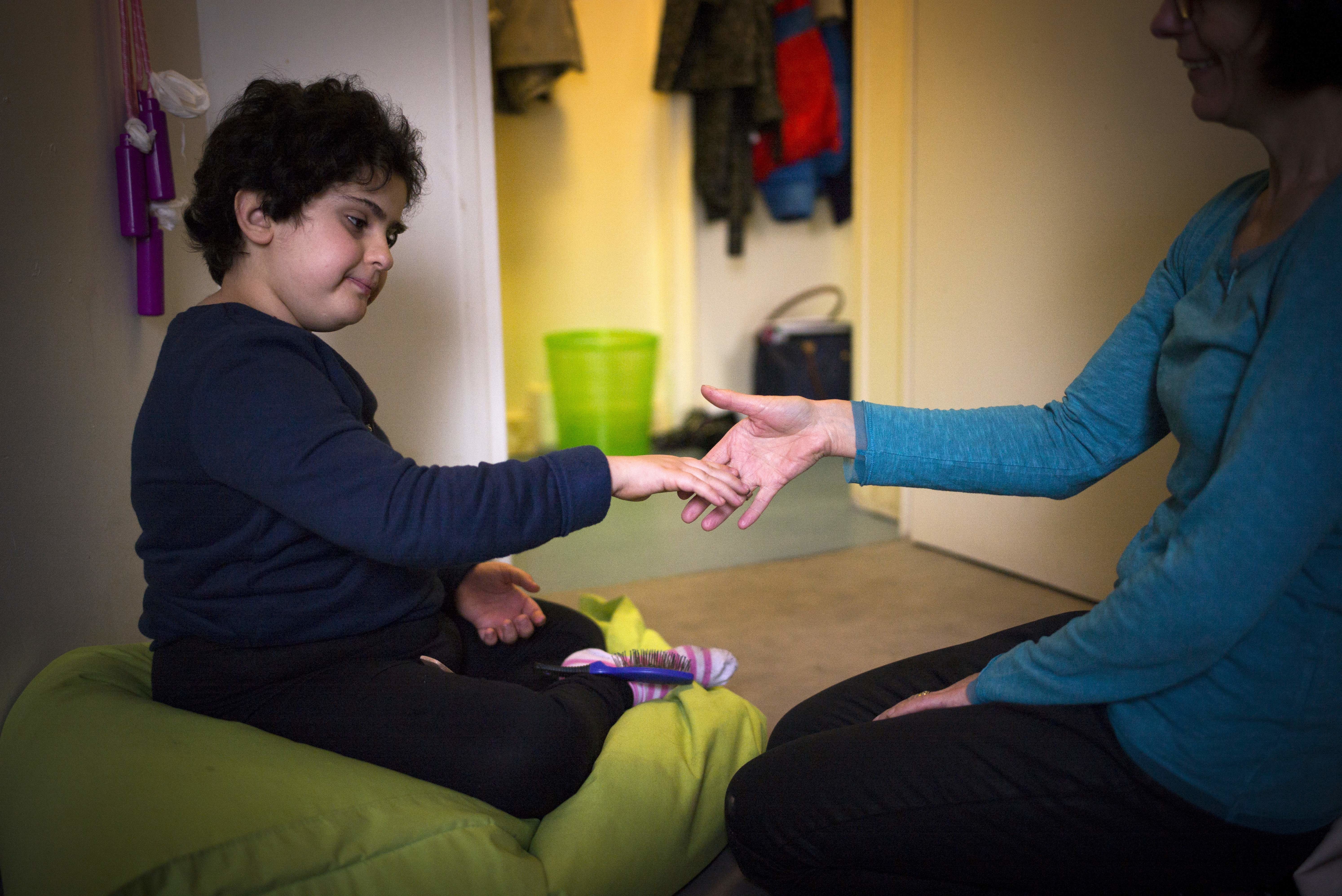Mathematicians suggest the “37% rule” for your life’s biggest decisions

- When trying to pick the best among many options, how many samples should you try before you commit? This is known as the optimal stopping problem.
- Mathematicians tell us that, to maximize the chances of the best outcome, we ought to ditch the first 37% of any options.
- In psychology, people tend to either “explore” or “exploit” more. But, sadly for us, relationships are a bit messier than probability would have it.
It’s time for Macy to move home. She’s scored a promotion and she’s tired of hearing the man in the apartment above play his French horn. So, she books a few viewings with her real estate agent and starts looking at houses. After looking at three places, she falls in love: It’s a house with a huge backyard and a nice open-plan kitchen. What’s more, the school down the road has a great reputation. She’s all set to put in an offer.
But that night a question pops into her head: What if the next house is better? She can’t shake the thought. What if the next house has a bigger backyard, or maybe a double garage? What if it’s cheaper?!
We’ve all found ourselves in this situation, whether we’re considering job offers, buying a new car, or dating new people. When it comes to love, how many people should you date before settling down? It’s a problem that bridges mathematics and psychology, and it’s got a name: the optimal stopping problem.
The 37% rule
The mathematical question for Macy (or our would-be dater looking for love) concerns maximizing probabilities. It’s asking how long do you spend sampling options to give the optimum chances of a successful final decision? How many frogs must you kiss to secure your chances of getting a prince?
Mathematicians have given us an answer: 37%. The basic idea is that, if you need to make a decision from 100 different options, you should sample and discard (or hold off on) the first 37. The 37% rule is not some mindless, automatic thing. It’s a calibration period during which you identify what works and what does not. From the rejected 37%, we choose the best and keep that information in our heads moving forward. If any subsequent options beat that benchmark standard, then you should stick with that option to get the best ultimate outcome.
Let’s take an example. Imagine you find yourself single and wanting a relationship (imagination may not be required). You decide you’re going to go on 10 different dates over a few months. The 37% rule tells us you ought to enjoy yourself on the first three — have a laugh and a drink or two — but do not arrange a second date with any of them. You can do better. What the 37% rule tells us is that the next best date you have is the keeper. They are the ones you should try to settle down with.
Brian Christian in his book, Algorithms to Live By: The Computer Science of Human Decisions, uses the 37% rule to help Macy from our opening example. As he writes: “If you want the best odds of getting the best apartment, spend 37% of your apartment hunt (eleven days, if you’ve given yourself a month for the search) noncommittally exploring options. Leave the checkbook at home; you’re just calibrating. But after that point, be prepared to immediately commit—deposit and all—to the very first place you see that beats whatever you’ve already seen. This is not merely an intuitively satisfying compromise between looking and leaping. It is the provably optimal solution.”
Exploit or explore
Mathematics offers us the best answer to the “optimal stopping problem.” But there’s just one big issue with it: Humans are not rational probability-crunching machines. In fact, the opposite is usually true. We’re beautifully, infuriatingly, creatively, and messily chaotic. So, it falls on psychology to tell us about how we actually behave.
In psychology and economics, there is what’s known as a “explore/exploit” tradeoff. This asks whether you should go with a guaranteed “win” (the exploit) or risk going somewhere else for an unknown outcome (explore). The degree to which someone will explore or exploit will depend on a host of factors, and it ties in with how curious or risk-seeking we are.
According to research by Addicott et al., published in Nature, the extremes of being too explorative or too exploitative leave us disadvantaged. The person who exploits too much “could promote habit formation,” while the person who explores too much risks becoming a “jack of all trades, but master of none.” Over-exploiters become stuck in a rut, lacking motivation, and get bored. Over-explorers lack expertise and never fully experience anything in depth. What Addicott and his team concluded is “the most advantageous behaviors occurring around a point of balance between the two.”
Of course, different people are more explorative or exploitative at different times. Teenagers and entrepreneurs tend to explore more. Adults and managers exploit more. Try testing yourself with these three questions, to see where you fall:
- If you are visiting a city you know vaguely well, will you go to a restaurant you know is nice, or will you try somewhere new?
- If I tell you a gambling machine has a payout of $50, will you stay and play or explore to see if others have a bigger payout?
- When you’re playing a game, do you tend to stick to the same tactics or mix it up each time?
Relationships aren’t like that
The problem is that the world of interpersonal relations is hard to put a number on. Probabilities and game theory do funny things when you input the wobbly, fuzzy variables at play in human behavior.

Take the 37% rule, for instance. As a general principle, it makes sense to experience a variety of different dates and familiarize yourself with a range of personality types before you settle down. But who’s to say that date one isn’t the love of your life — the person you click with instantly and who could make you no happier? Who’s to say you won’t return to a past date or relationship, realizing later they were the best all along? And let’s not forget that it’s not just you deciding this — you have to be accepted in turn!
But the biggest problem with the 37% rule, or the idea of “exploring,” when applied to dating is that one date is never enough. Sometimes 10 or 100 dates is not enough to reveal someone’s true character.
As a general rule, though, 37% is a good one. When it comes to buying things or making life decisions, it’s a mathematically safe starting point. There’s a lot of wisdom to be had in sampling the field before settling down. It’s about doing research and calibrating expectations. It’s all about learning what makes something good or bad, and just what you want in a thing.
When will you use it first?
Jonny Thomson teaches philosophy in Oxford. He runs a popular account called Mini Philosophy. His first book is Mini Philosophy: A Small Book of Big Ideas.





